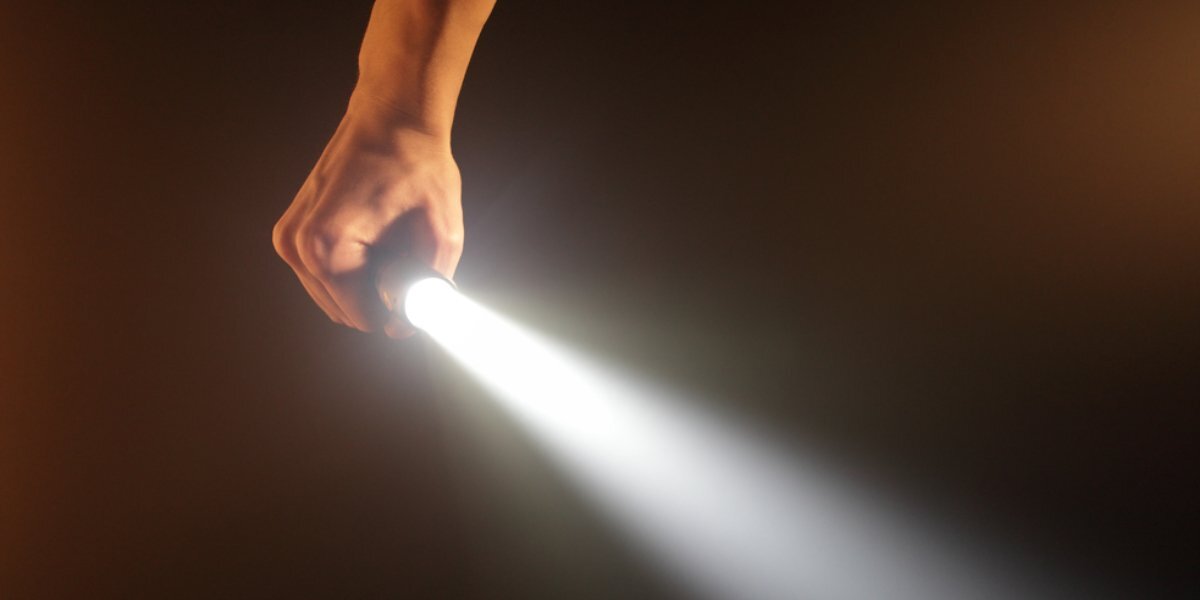Angle of incidence equals angle of reflection - this simple basic rule is probably still familiar to many people from their school days. By means of reflections in the light bulb, the beam angle of bulbs can be influenced almost as desired. In the case of so-called reflector bulbs, this results in a specific beam angle for the light emission.
The smaller this angle, the greater the concentration and thus the candela value for luminous intensity, which is defined as luminous flux per solid angle. As a lamp buyer, however, it is not enough to know the beam angle - the distance of the lamp from the illuminated object is also of fundamental importance, because the size of the illuminated area increases with increasing distance.
Most halogen reflector lamps have a beam angle of 35 degrees. LEDs, which emit directional light anyway, often use a lens that allows the beam angle to be set to a value between 25 and 120 degrees.





